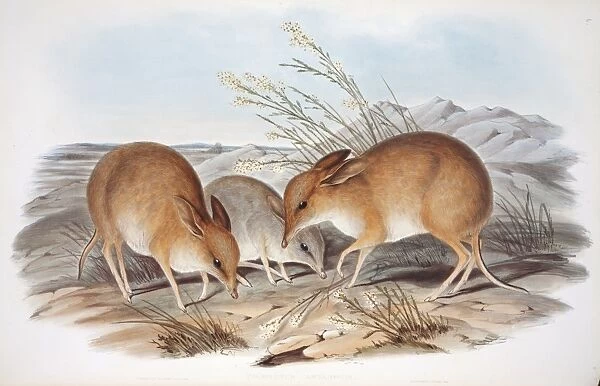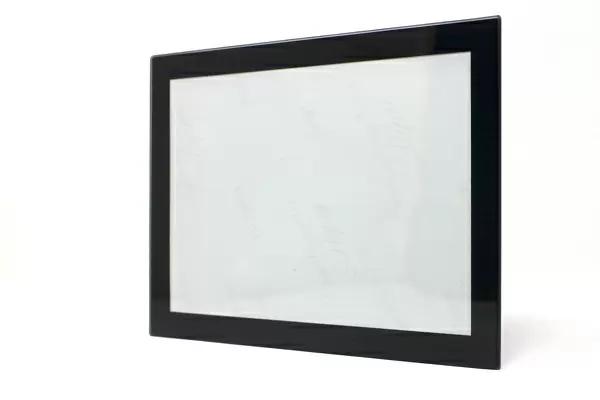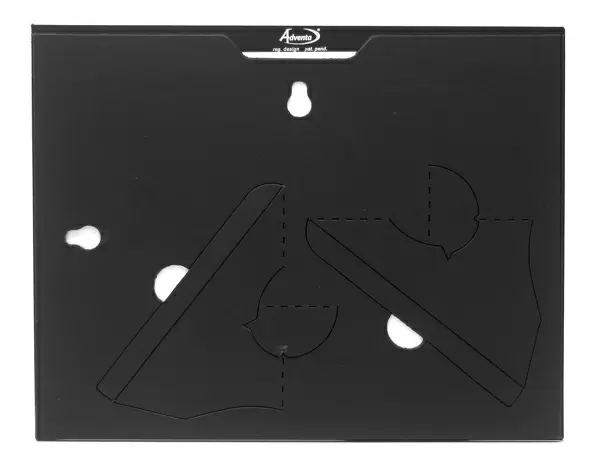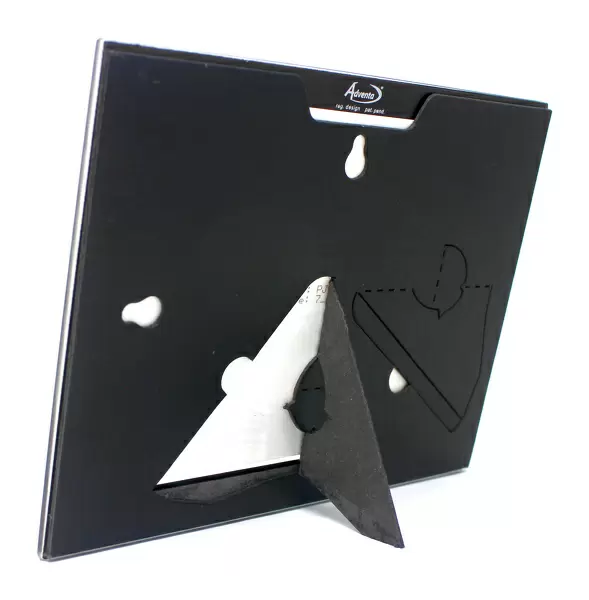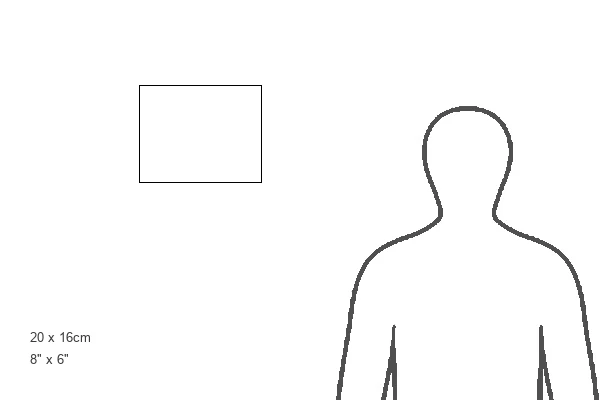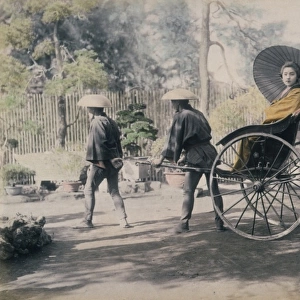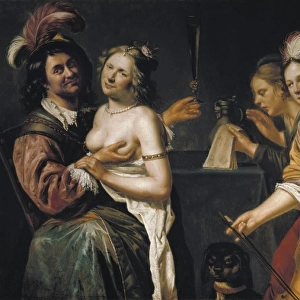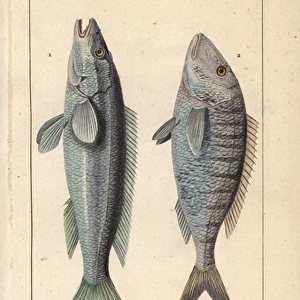Glass Frame : Choeropus castanotis, chestnut-eared choeropus
![]()

Mounted Prints from Mary Evans Picture Library
Choeropus castanotis, chestnut-eared choeropus
Cheropus castanotis. Plate 6 from Mammals of Australia Volume 1, by John Gould, 1863
Mary Evans Picture Library makes available wonderful images created for people to enjoy over the centuries
Media ID 8619821
© Mary Evans Picture Library 2015 - https://copyrighthub.org/s0/hub1/creation/maryevans/MaryEvansPictureID/10711985
Australasia Australian Bandicoot Castanea Chestnut Eared Elizabeth Gould Eudicot Eurosid Fabidae Fagaceae Angiospermae Dicot Dicotyledon Elizabeth
7"x5" Glass Mount
Wall mounted or free-standing, these black edged glass frames feature a smooth chamfered edge and a stylish black border (on back face of the glass). Manufactured from 4mm thick glass, Glass Mounts are a durable, professional way of displaying and protecting your prints. Your 7x5 print is slotted into the back of the frame so can easily be changed if needed.
Tempered Glass Mounts are ideal for wall display, plus the smaller sizes can also be used free-standing via an integral stand
Estimated Image Size (if not cropped) is 17.7cm x 12.7cm (7" x 5")
Estimated Product Size is 20.3cm x 16.2cm (8" x 6.4")
These are individually made so all sizes are approximate
Artwork printed orientated as per the preview above, with landscape (horizontal) orientation to match the source image.
EDITORS COMMENTS
This exquisite 19th century print depicts the Chestnut-eared Choeropus, or Chestnut-eared Quokka (Chaeropus castanotis), a unique and intriguing marsupial native to Western Australia in Australasia. The image is taken from Plate 6 of Mammals of Australia, Volume 1, an impressive work by renowned natural history illustrators John Gould and Elizabeth Gould, published in 1863. The Chestnut-eared Choeropus is easily identified by its distinctive chestnut-colored ears, which contrast sharply with its brown, agile body. This eudicot, angiosperm-feeding bandicoot is a member of the Chaeropodidae family, order Peramelemorphia, and is closely related to the Quokka (Chaeropus ecaudatus). The animal is shown in its daytime habitat, surrounded by various Fagaceae (oak) and Fabaceae (bean) trees, common angiosperms in the region. The Chestnut-eared Choeropus is an important part of the local ecosystem, feeding on the roots, tubers, and seeds of these angiosperms, contributing to the health and diversity of the forest. The intricate details of the drawing reveal the careful observation and dedication of the Goulds in documenting the natural world. The print also showcases the beauty and diversity of the Australian fauna, providing a glimpse into the past and offering a connection to the rich natural history of this fascinating continent.
MADE IN THE UK
Safe Shipping with 30 Day Money Back Guarantee
FREE PERSONALISATION*
We are proud to offer a range of customisation features including Personalised Captions, Color Filters and Picture Zoom Tools
SECURE PAYMENTS
We happily accept a wide range of payment options so you can pay for the things you need in the way that is most convenient for you
* Options may vary by product and licensing agreement. Zoomed Pictures can be adjusted in the Basket.


